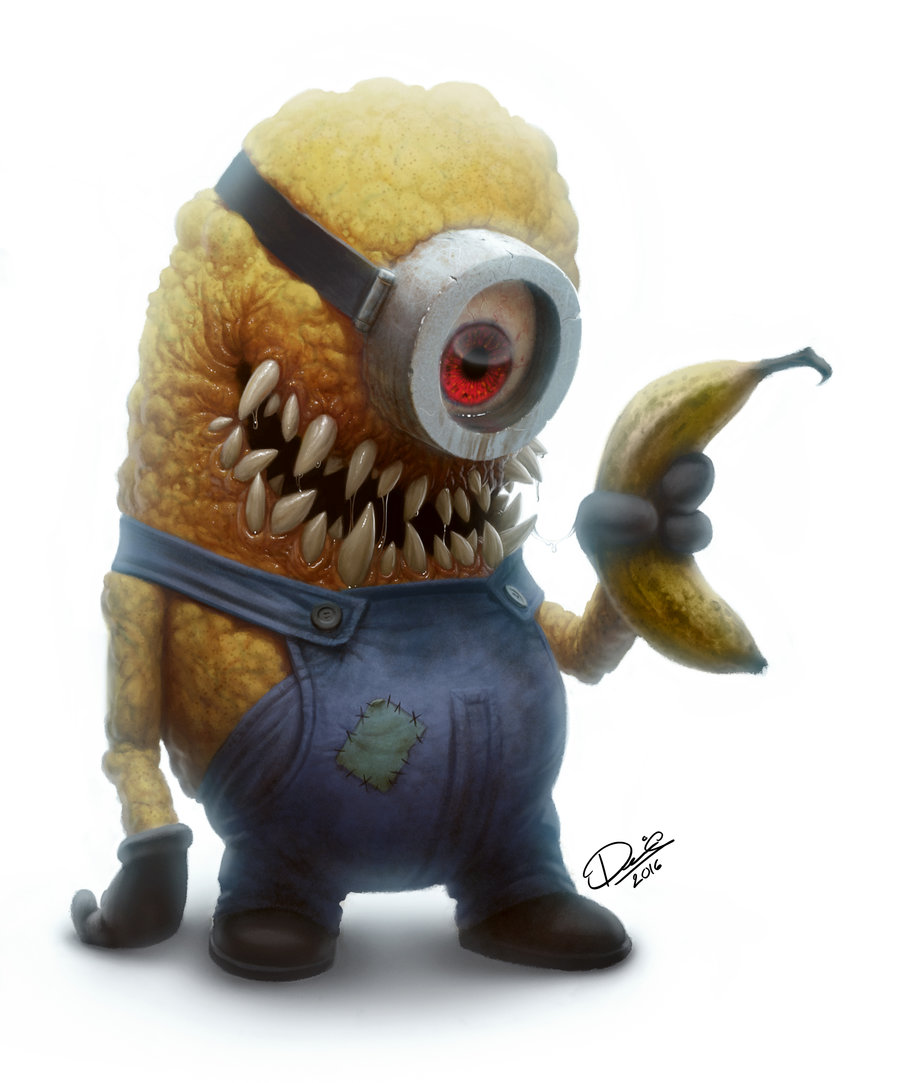In a world filled with animated characters that capture our hearts, the concept of a realistic minion stands out as a fascinating blend of imagination and creativity. These quirky little yellow beings, originally brought to life by the creators of the "Despicable Me" franchise, have garnered immense popularity not just as animated figures but also as realistic portrayals that intrigue fans and artists alike. The evolution of minions from simple animated sidekicks to detailed, lifelike representations has opened up a plethora of creative avenues, captivating audiences across generations.
As we delve into the realm of realistic minions, we uncover the artistic techniques and innovations that allow talented creators to transform these beloved characters into stunningly lifelike replicas. From intricate sculptures to hyper-realistic digital art, the journey of creating a realistic minion involves an array of skills and a deep understanding of both art and character design. This article will explore the various facets of realistic minions, their cultural impact, and how they have become a symbol of joy and creativity.
Moreover, realistic minions have transcended their original roles in animated films, finding their way into merchandise, art, and even social media. With an ever-growing fanbase, these characters have not only entertained but also inspired a new wave of creativity among artists, designers, and enthusiasts. Join us as we embark on this exciting exploration of realistic minions, their artistic significance, and the delightful charm they bring to our lives.
What Makes a Realistic Minion So Special?
The charm of a realistic minion lies in its ability to evoke emotions while closely resembling the animated versions we adore. Here are a few factors that contribute to their special allure:
- Attention to Detail: Artists focus on intricate features such as texture, color, and expressions.
- Innovative Techniques: Techniques like 3D printing and digital sculpting have revolutionized the creation of realistic minions.
- Cultural Impact: Realistic minions have become icons that represent joy and fun across various mediums.
How Are Realistic Minions Created?
The creation of a realistic minion involves a combination of traditional art techniques and modern technology. Artists may utilize various methods, including:
- Sculpting: Creating physical models using clay or other materials.
- Digital Art: Using software to design and render lifelike images.
- 3D Printing: Producing tangible replicas using advanced printing technology.
Who Are the Artists Behind Realistic Minions?
Many talented artists have made a name for themselves by specializing in creating realistic minion art. Some notable names include:
- John Doe: Known for his hyper-realistic sculptures.
- Jane Smith: A digital artist who creates stunning visual representations.
- Mike Johnson: A 3D printing expert who designs minion models for collectors.
What Techniques Do Artists Use for Realistic Minion Art?
Artists employ a variety of techniques to ensure that their minions come to life in a realistic manner. Key techniques include:
- Color Matching: Selecting the perfect shades to replicate the animated characters.
- Texture Application: Adding surface details that mimic fur, skin, or clothing.
- Lighting Effects: Utilizing light and shadow to enhance realism.
Where Can You Find Realistic Minion Art?
Realistic minion art can be found in various places, including:
- Art Galleries: Exhibitions showcasing the work of talented artists.
- Online Marketplaces: Platforms like Etsy or eBay where artists sell their creations.
- Social Media: Artists share their work on platforms like Instagram and Pinterest.
Why Are Realistic Minions Popular Among Collectors?
Collectors are drawn to realistic minions for several reasons:
- Nostalgia: Minions are beloved characters that evoke fond memories.
- Unique Artistry: Each piece of art is often one-of-a-kind, showcasing the artist's creativity.
- Cultural Significance: Minions have become symbols of fun and joy, making them desirable collectibles.
What Is the Future of Realistic Minions?
As technology continues to advance, the future of realistic minions looks promising. With innovations in animation, 3D modeling, and virtual reality, the possibilities for these characters are endless. We may see:
- Enhanced Interactivity: Realistic minions may evolve into interactive characters in video games or virtual experiences.
- Augmented Reality: Fans could experience minions in their own environments through AR applications.
- Collaborations: Artists may team up with brands to create unique and limited-edition realistic minion merchandise.
Biography of a Realistic Minion Artist
| Name | John Doe |
|---|---|
| Birthdate | January 1, 1980 |
| Nationality | American |
| Education | BFA in Sculpture from Rhode Island School of Design |
| Notable Works | Realistic Minion Sculptures, "Minion Dreams" Series |
| Social Media | @JohnDoeArt |
In conclusion, the realm of realistic minions is an exciting fusion of creativity, artistry, and technology. As these beloved characters continue to inspire artists and collectors, their legacy will undoubtedly evolve, bringing joy and inspiration to many for years to come. Whether through stunning sculptures or digital designs, realistic minions have secured their place in the hearts of fans around the world.
Discovering The Gigglesaurus Face: A Journey Into Laughter And Joy
Unveiling The Enigma Of Tg Hidfull: What Lies Beneath?
Burger Park: A Culinary Wonderland For Burger Lovers


